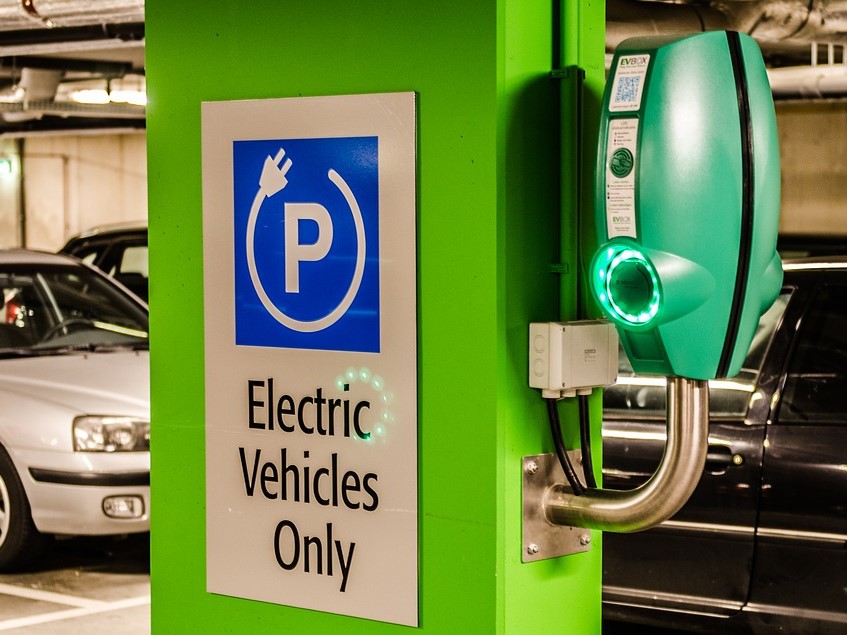California Issues New Zero-Emission Vehicle Order
With this announcement, the state joins more than 20 countries that have announced similar measures, including Germany, Canada and the U.K.
California officials took another step in fighting climate change. Governor Gavin Newsom issued an executive order requiring sales of all new passenger vehicles to be zero-emission by 2035 as the transportation sector accounts for roughly 50 percent of the state’s greenhouse gas emissions.
According to measurements, 80 percent of smog-forming pollution and 95 percent of toxic diesel emissions stem from passenger vehicles, with communities in the Los Angeles Basin and Central Valley registering some of the most toxic air in the U.S.
Following the order, the next move falls under the California Air Resources Board responsibility, which, by next January, will have to develop regulations to mandate that 100 percent of in-state sales of new passenger cars and trucks are zero-emission by 2035. The strategy will be updated every three years.
The initiative is estimated to achieve more than a 35 percent reduction in greenhouse gas emissions and an 80 percent improvement in oxides of nitrogen emissions from cars statewide. Moreover, the Air Resources Board will include in the mandate that all operations of medium- and heavy-duty vehicles be 100 percent zero-emission by 2045 where possible, with the directive going into effect by 2035 for drayage trucks.
Auxiliary demands
For the new rule to be applied, the infrastructure needs to support zero-emission vehicles, as such, the order requires state agencies, in partnership with the private sector, to accelerate deployment of affordable fueling and charging options. Furthermore, it also means that all Californians need to receive support in accessing new or used zero-emission vehicles. However, the executive order will not prevent state citizens from owning gasoline-powered cars or selling them on the used car market.
Of course, such a plan would impact the state’s energy demand. Energy Innovation modeling found that if California is on track to reach the target in 2035, it will cause energy demand to rise nearly 10 percent in 2030.
READ ALSO: Major EV Charging Infrastructure Program Begins in California
The timing has been calculated thoroughly—by the time the new rule goes into effect, the upfront cost of electric vehicles is projected to reach parity with conventional vehicles. Additionally, the cost of owning the car—maintenance and costs associated with powering the car mile for mile—is anticipated to be far less than a fossil fuel burning vehicle. Researchers at Carnegie Mellon University in Pittsburgh calculated the costs and estimate that this parity will be reached by 2025 at the latest.
The executive order also directs state agencies to develop strategies for an integrated, statewide rail and transit network, and to include safe and accessible infrastructure to support bicycle and pedestrian options, particularly in low-income and disadvantaged communities.
With this announcement, California joins the ranks of more than 20 countries that have announced bans or implementation of 100 percent sales of zero-emissions vehicles. Austria, Germany and Canada were among the first to do so in 2016, while in 2020, Singapore and the U.K. aligned with the directive.








You must be logged in to post a comment.